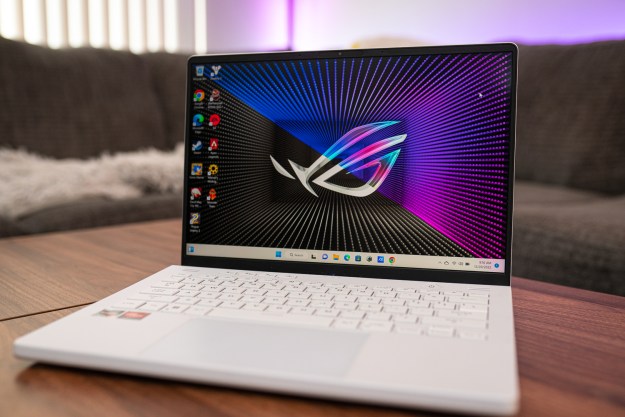Heading up the first day of E3, AMD is set to make some big announcements at its “Next Horizon Gaming” keynote. The company is following up its recent Computex announcements with even more, and as a part of E3, we’re expecting it to be centered on gaming.
Here’s everything you need to know about how to watch the keynote and what to expect.
How to watch
The presentation starts on Monday, June 10 at 3 p.m. PT in Los Angeles. It will also be broadcast live on AMD’s YouTube page for those not at the event.
The live video is embedded above. We will be covering AMD’s announcements live, so make sure to follow Digital Trends on Twitter for more.
What to expect
AMD is hot off the heels of its impressive Computex announcements, which included the details of its new Ryzen 3000 processors and a glimpse at its highly-anticipated RX 5000-series Navi graphics cards. We expect AMD to focus more on graphics this time around, and we’re hoping to get more details on AMD’s new graphics architecture and to learn just how it will be implementing them in a variety of platforms.
Here’s what AMD posted on Twitter, hinting at the multi-platform aspect to its new announcements:
In 48 hours, @AMD will reveal details about upcoming products and tech that will power gaming from PC, to console, to cloud, for years to come. Don’t miss it.
– https://t.co/VZrh82yfuL
– https://t.co/ATNTUFaQSu
– https://t.co/bG9E8oL6QQ
– https://t.co/K7hDhc5gYI pic.twitter.com/r70E4MCr5b— Radeon RX (@Radeon) June 8, 2019
With buzz around both game streaming in Google’s Stadia platform, as well as the rumors abuzz about new consoles, AMD seems to be hinting at the multi-platform aspect of its new products. The company even inked a deal with Samsung recently to bring Radeon to mobile devices in the future. Outside of that, AMD hasn’t given any more official word on just what it’ll be sharing. Regardless, it should be exciting.
Although Nvidia doesn’t have a press conference scheduled, AMD’s competitor is expected to drop new versions of its RTX graphics cards, referred to as “Super.” How will the two rival companies be standing by the end of the week? We’ll have to wait and see.
Updated June 10 with video of AMD’s live E3 press conference.
Editors' Recommendations
- The one AMD 3D V-Cache processor you should avoid at all costs
- Nice try, Intel, but AMD 3D V-Cache chips still win
- AMD’s FSR 3 compromise just isn’t working
- I can’t get excited about AMD’s next version of FSR anymore
- AMD FSR 3: everything you need to know about Fluid Motion Frames



